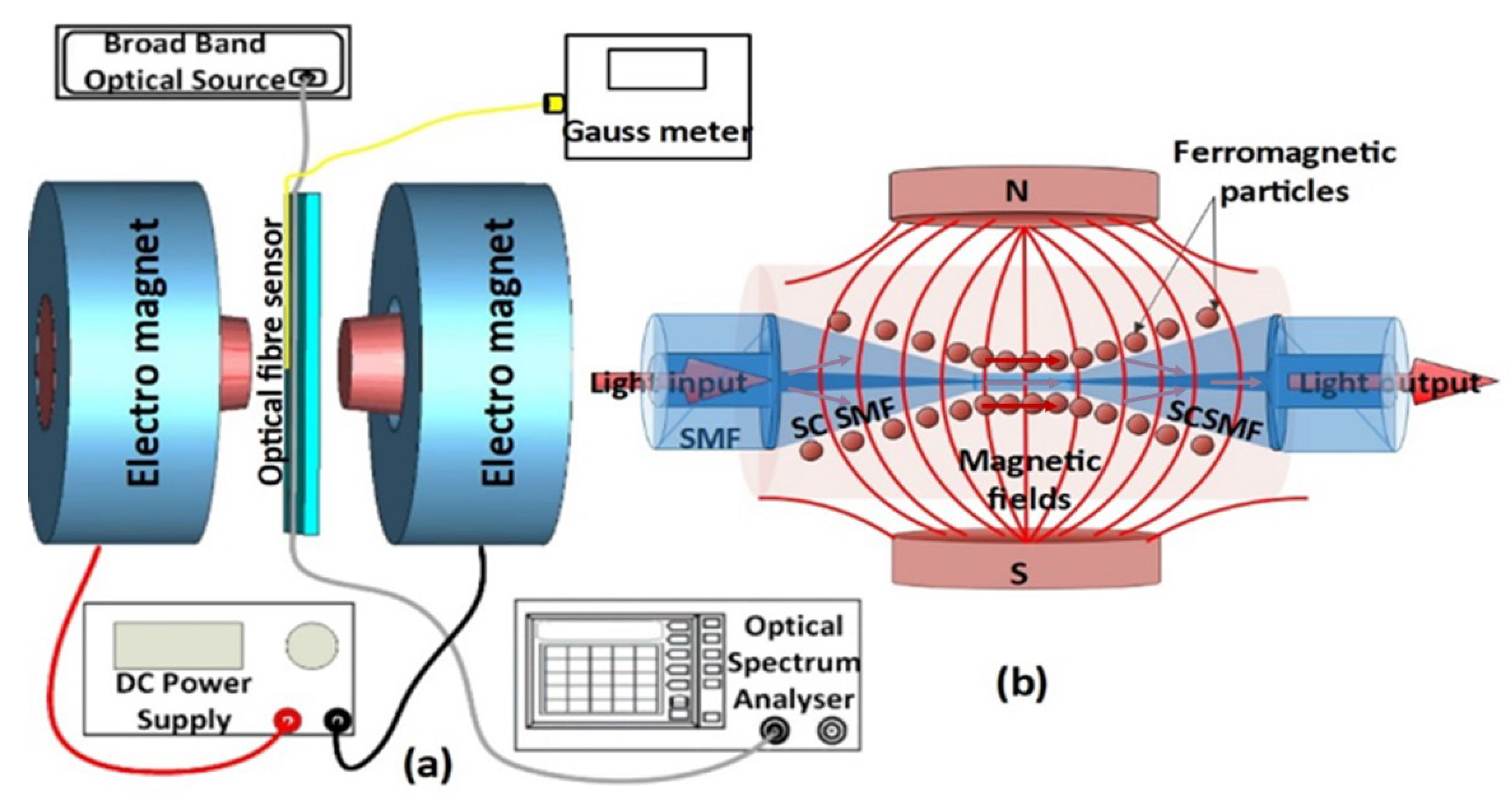Optimize Your Fiber Optic Performance: Comprehending Optical Fiber Size Analyser Innovation
The performance of fiber optic systems is seriously influenced by the accuracy of their diameter, a variable usually neglected in the quest of optimum signal stability. Comprehending the innovation behind optical fibre size analysers reveals the intricate equilibrium in between measurement precision and manufacturing high quality. These gadgets not only enhance compliance with market criteria but likewise provide real-time understandings that can preemptively resolve potential issues. Nonetheless, the ramifications of their usage extend past simple measurement; they can fundamentally modify the landscape of fibre optic performance. What elements should one take into consideration to harness their complete capacity?
Importance of Optical Fibre Size
The diameter of optical fiber plays an important function in determining the efficiency and performance of communication systems. It affects a number of essential specifications, consisting of the setting of light breeding, depletion, and data transfer ability. Larger sizes generally enable for numerous light settings, facilitating higher information transmission rates. Alternatively, smaller sized diameters often tend to sustain fewer modes, which can boost signal clearness and reduce crosstalk.

Moreover, recognizing the diameter's implications can bring about cost savings by decreasing the demand for signal amplification and repeaters in comprehensive networks (optical fibre diameter analyser). To conclude, the relevance of optical fibre size can not be overstated, as it straight affects the general effectiveness and reliability of modern-day communication systems

How Size Affects Signal Quality
Signal high quality in optical fiber systems hinges considerably on the size of the fibre. The size influences numerous crucial specifications, including depletion, bandwidth, and modal diffusion. A smaller diameter can cause greater depletion rates, causing signal loss as light trips through the fiber. This attenuation can endanger the integrity of the transmitted information, resulting in a decrease in signal top quality, particularly over long distances.
On the other hand, larger sizes generally permit for improved light capture and minimized modal dispersion, improving signal clearness. In multimode fibres, a bigger core diameter can sustain multiple light modes, yet it may likewise present intermodal diffusion, which can break down signal quality. Picking the optimum fiber size is essential for accomplishing the desired efficiency in specific applications.
Furthermore, the communication between the fiber diameter and the wavelength of the light made use of plays an important function in determining the reliable transmission range and total signal stability. Thus, understanding exactly how fibre size impacts signal high quality is important for network developers and designers making every effort to maximize optical fiber systems for trustworthy, high-speed information transmission.
Introduction of Diameter Analyser Technology
In numerous optical fibre production procedures, exact measurement of fibre size is important for making certain constant efficiency and high quality (optical fibre diameter analyser). Diameter analysers are advanced instruments developed to evaluate the physical dimensions of optical fibres with high precision. They utilize advanced optical and laser modern technologies to gauge the diameter, ovality, and concentricity of the fiber, More Info thus supplying essential information for high quality control
These analysers can run in-line during the production process or as part of off-line screening methods. In-line systems allow real-time surveillance, allowing makers to readjust parameters quickly, thereby maintaining optimal manufacturing conditions. Off-line analysers, on the other hand, offer detailed examinations of sets, making sure that any type of discrepancies from specified tolerances are identified and dealt with.
Diameter analysers considerably add to the decrease of issues in optical fibres, improving overall product reliability. By regularly determining crucial specifications, these innovations assist in conformity with sector requirements and specs. As the need for high-performance optical fibres continues to increase, the function of diameter analysers ends up being significantly essential in accomplishing the preferred high quality and efficiency criteria in fiber optic systems.
Trick Attributes of Fibre Diameter Analysers
Although various models of fiber size analysers exist, they frequently share several key attributes that improve their functionality and integrity. Among the most substantial functions is high-resolution measurement abilities, which guarantee precise diameter analyses, vital for maintaining high quality control in fibre production. Furthermore, numerous analysers include sophisticated optical sensing units created to identify minute variations in fiber diameter, hence offering invaluable information for procedure optimization.
An additional crucial attribute is real-time surveillance, permitting drivers to get prompt comments on fibre size throughout the manufacturing procedure (optical fibre diameter analyser). This capability promotes fast modifications and reduces the chance of problems. Lots of analysers likewise come equipped with easy to use interfaces, making it possible for operators to quickly browse through data and setups outputs
Moreover, robust information storage and analysis capabilities are necessary for tracking historical performance fads and making sure compliance with market standards. These features collectively add to the efficacy of fiber size analysers in maximizing fibre check optic performance.
Finest Practices for Fibre Optimization

First, normal calibration of optical fiber size analysers is important. This ensures exact dimensions and decreases potential discrepancies that could affect performance. Next off, keeping a clean functioning setting is essential; dust and pollutants can lead to indicate degradation.
In addition, it is necessary to select fibers that satisfy specific application needs. This entails assessing elements such as depletion, data transfer, and environmental conditions. Proper view publisher site installation strategies need to also be abided by, consisting of avoiding sharp bends and too much stress, which can jeopardize fiber stability.
Moreover, utilizing advanced monitoring systems can facilitate real-time efficiency analyses, allowing timely identification of issues. Regular testing and upkeep need to be conducted to guarantee that fibres stay within ideal functional criteria.
Last but not least, training personnel on the most recent fiber optimization innovations and approaches will enhance their capacity to carry out efficient techniques. By following these ideal methods, companies can significantly boost the efficiency and life expectancy of their optical fibre systems, ensuring reliable communication and information transfer.
Verdict
Finally, the combination of optical fibre diameter analyser modern technology is important for optimizing fibre optic performance. By making certain precise dimensions of fiber measurements, these analysers dramatically enhance signal quality and decrease losses throughout information transmission. Routine calibration and maintenance of the analysers are vital to support optimum performance and conformity with market criteria. Inevitably, the application of this technology facilitates boosted information transmission rates and reinforces signal stability, contributing to the overall efficiency of fiber optic systems.
Signal top quality in optical fiber systems pivots significantly on the size of the fibre.In lots of optical fiber manufacturing procedures, exact dimension of fiber diameter is essential for making certain constant efficiency and quality. As the need for high-performance optical fibres continues to climb, the role of size analysers comes to be progressively vital in accomplishing the wanted high quality and efficiency standards in fiber optic systems.
These functions jointly add to the efficiency of fiber diameter analysers in maximizing fiber optic performance.
In conclusion, the combination of optical fibre size analyser innovation is critical for maximizing fiber optic performance.